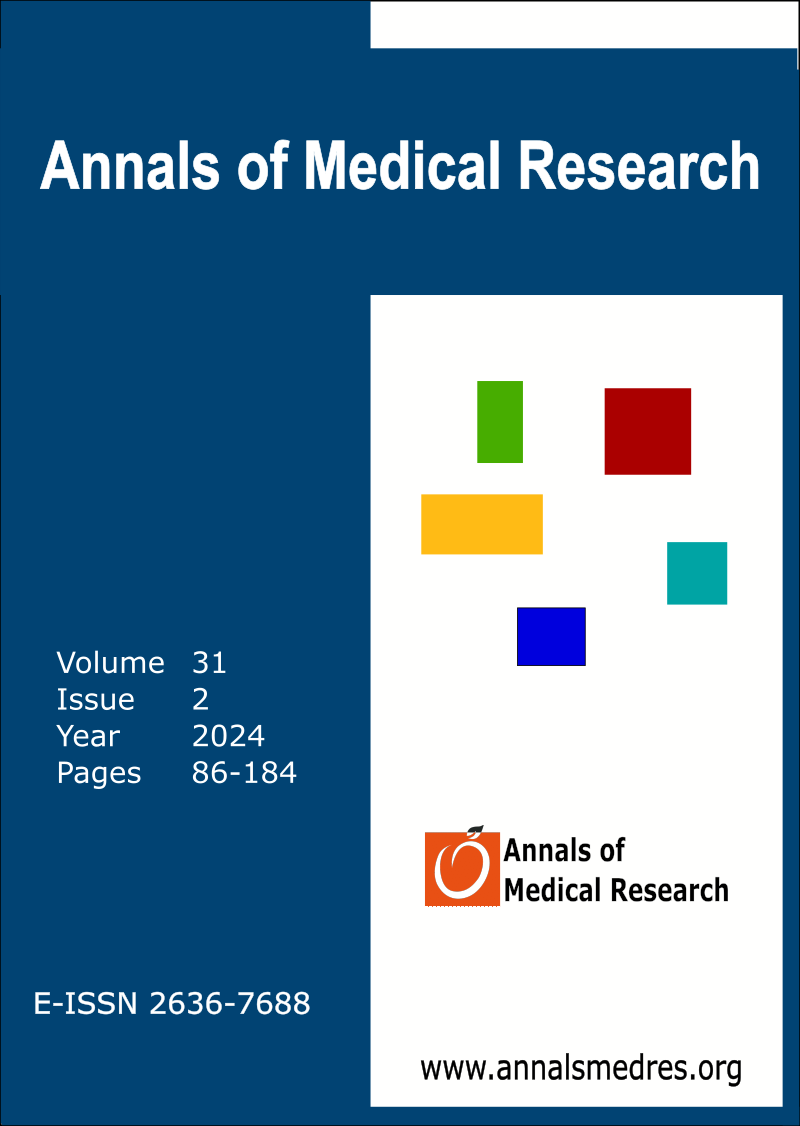Using T1 and T2 mapping and late gadolinium enhancement to accurately diagnose hypertrophic cardiomyopathy
Keywords:
Cardiomyopathy, Hypertrophic, Gadolinium, Magnetic resonance imagingAbstract
Aim: Hypertrophic cardiomyopathy (HCM) is a genetic disorder characterized by thickening of the heart muscle and may have serious consequences. Diversity in the distribution and degree of hypertrophy has led to the classification of HCM types. Cardiac MR (CMR) imaging is a non-invasive tool that maintains accurate and detailed data about cardiac functions and structure. The aim of the study was to observe and compare the CMR characteristics of the three HCM morphologic types (asymmetric, concentric, and apical).
Materials and Methods: 56 patients (female/male: 29/58, mean age 46.31±15.12, body surface area (BSA) 1.88±0.19 m2) who were referred for HCM diagnosis or follow-up between January 2021 and January 2023 were included in this single-center retrospective study. The imaging procedure was conducted using a 1.5 T device (Aera, Siemens Medical Systems, Erlangen, Germany). Cardiac volume and functions were determined quantitatively. The location and amount of late gadolinium enhancement (LGE) were evaluated qualitatively. The statistical analyses were performed using SPSS version 25.0. A p value under 0.05 was considered statistically significant.
Results: Late gadolinium enhancement revealed myocardial fibrosis in apical HCM (ApHCM), with a higher prevalence than in asymmetric and concentric HCM. Apical HCM and asymmetric HCM patients widely presented midmyocardial fibrosis, whereas most concentric HCM patients had patchy involvement. The mean native myocardial T1 values for individuals with concentric HCM were found to be higher compared to those with asymmetric and ApHCM and the healthy participants.
Conclusion: Cardiac MR imaging enables the multiparametric evaluation of HCM through the utilization of native T1 and T2 mapping techniques, as well as LGE. Both T1 and T2 values have the potential to be used in conjunction with LGE to identify regions of myocardial fibrosis.
Downloads
Published
Issue
Section
License
Copyright (c) 2024 The author(s)

This work is licensed under a Creative Commons Attribution-NonCommercial-NoDerivatives 4.0 International License.
CC Attribution-NonCommercial-NoDerivatives 4.0






